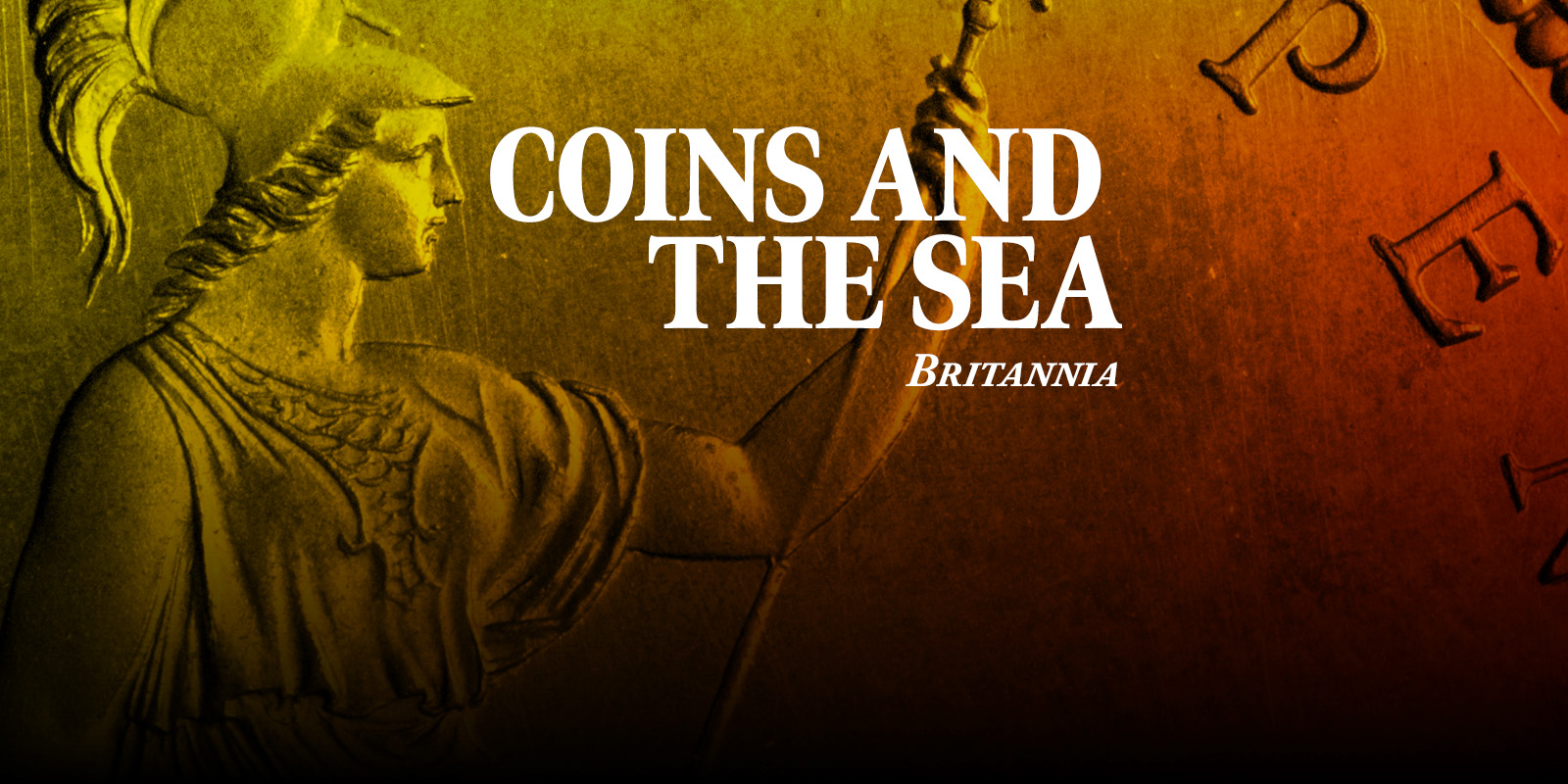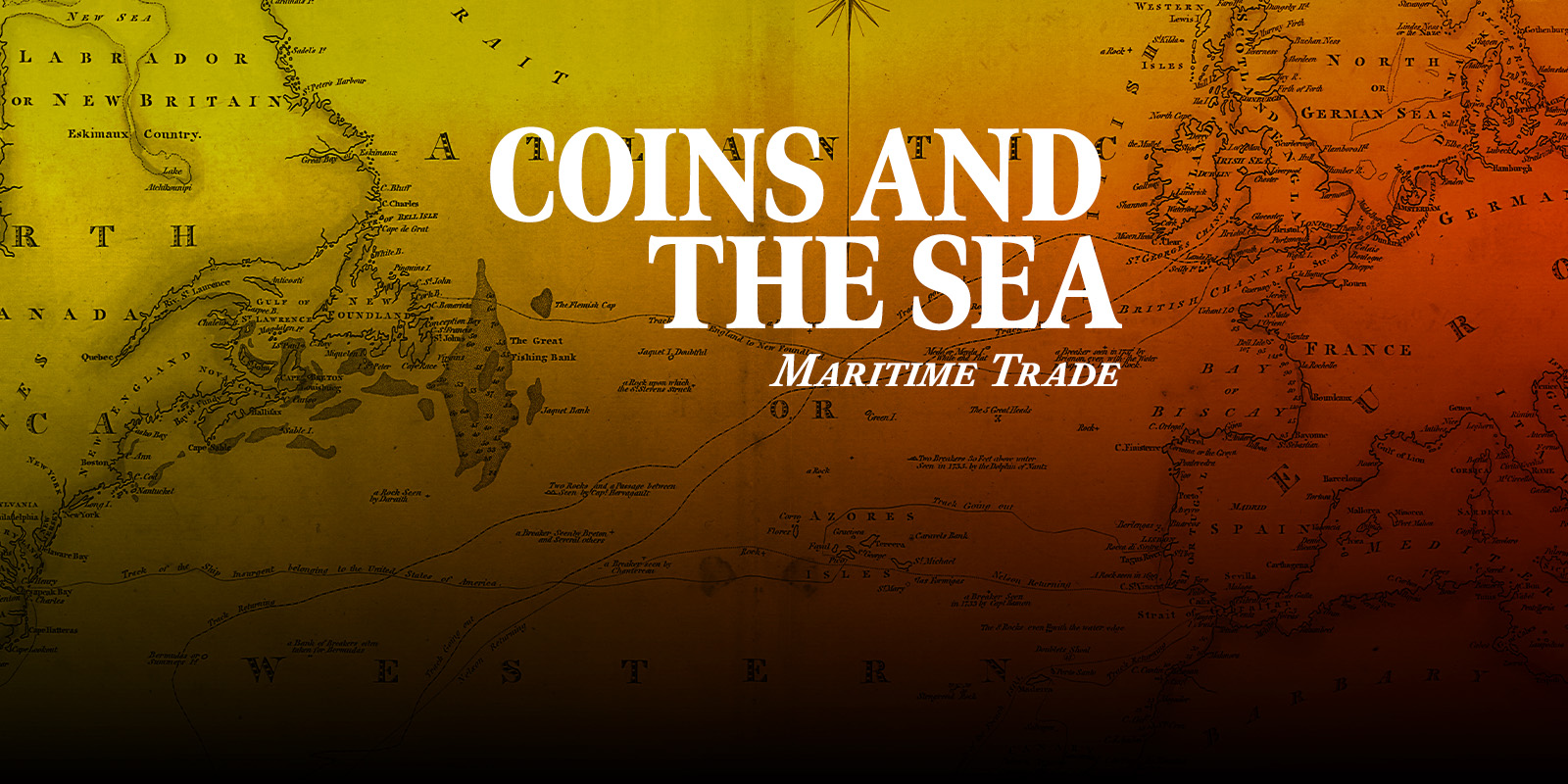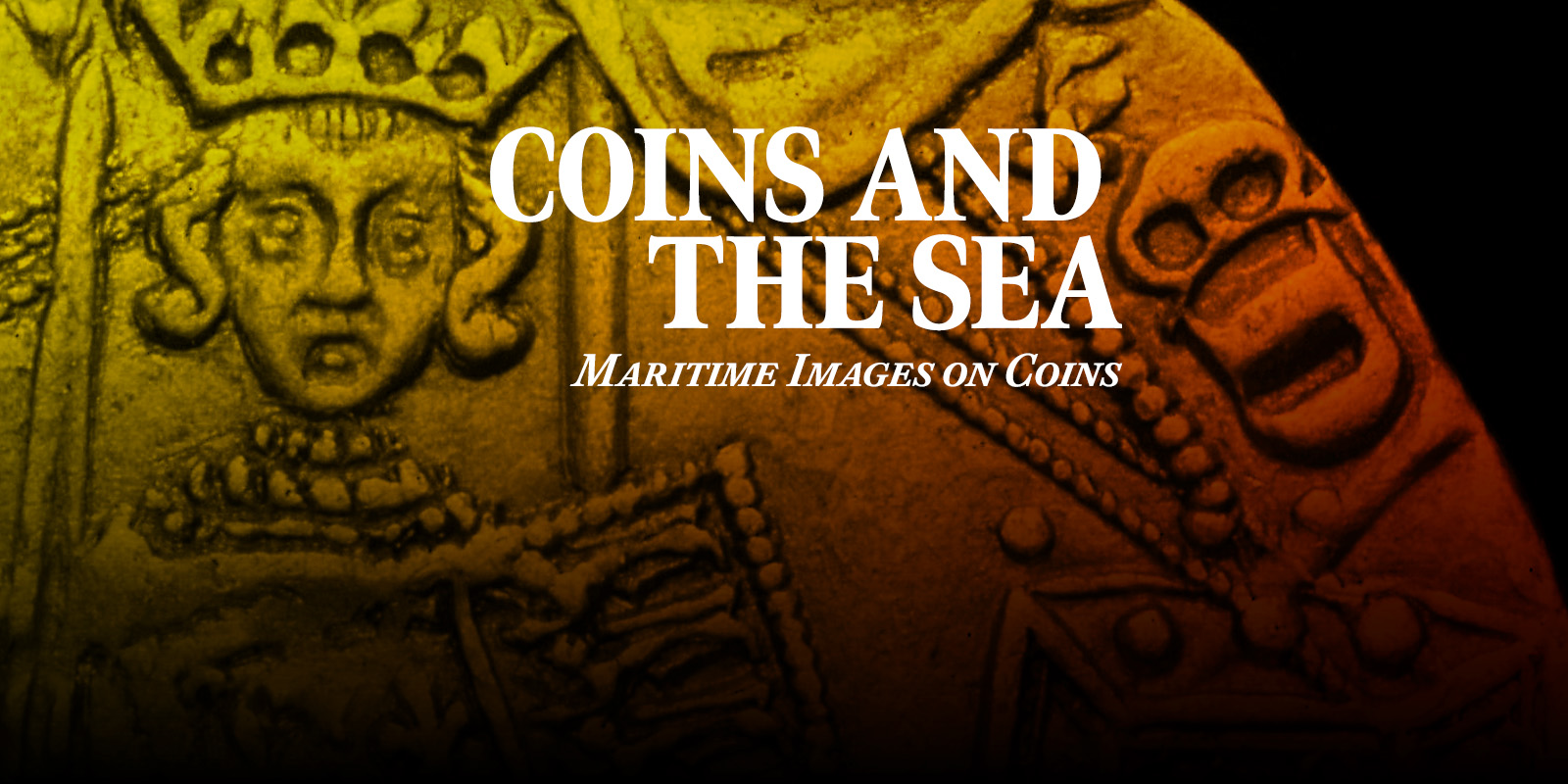
Maritime Imagery
Episode 1
Whether in warships or life saving, Britain’s naval heritage has had a lasting impact on its currency for centuries. In this episode, explore the story of British naval history through coins of the past.
We all know coins are handy little things, for buying a coffee, paying for parking or saving in money boxes, but what if we told you they also have a more varied and secret life?
Welcome to the very first episode of our new podcast series, where we discover the surprising, quirky, and downright fascinating ways in which coins have been used over the centuries.
And we’re kicking things off with a bang, or should that be a ‘bong’— at one of our most iconic landmarks: Big Ben. We all know the sound of the famous chimes, familiar on New Year’s Eve or every day before the news, they are part of the soundtrack of British life. But you may not realise that it is the humble coin which plays a vital role in keeping the clock running to time.
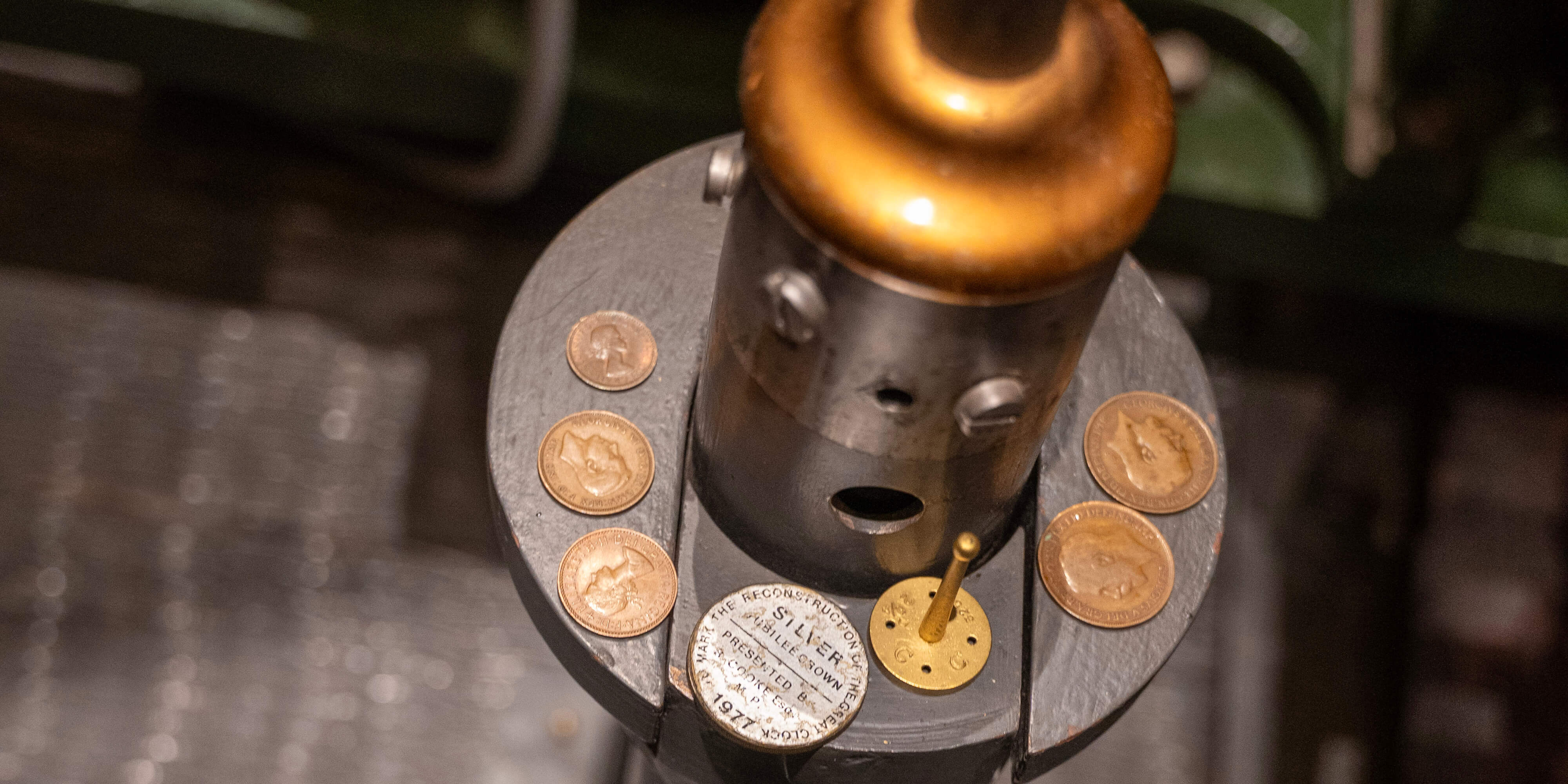
Small change is essential to ensure that the nation’s timekeeper is accurate. Those responsible for Big Ben use mostly pre-decimal coins to keep it running on time. It is thought this tradition began when a timekeeper needed to make an adjustment but forgot his weights so, instead of walking more than 300 steps down to the bottom of the tower, used a coin from his pocket instead.
Find out more about the pre decimal system.
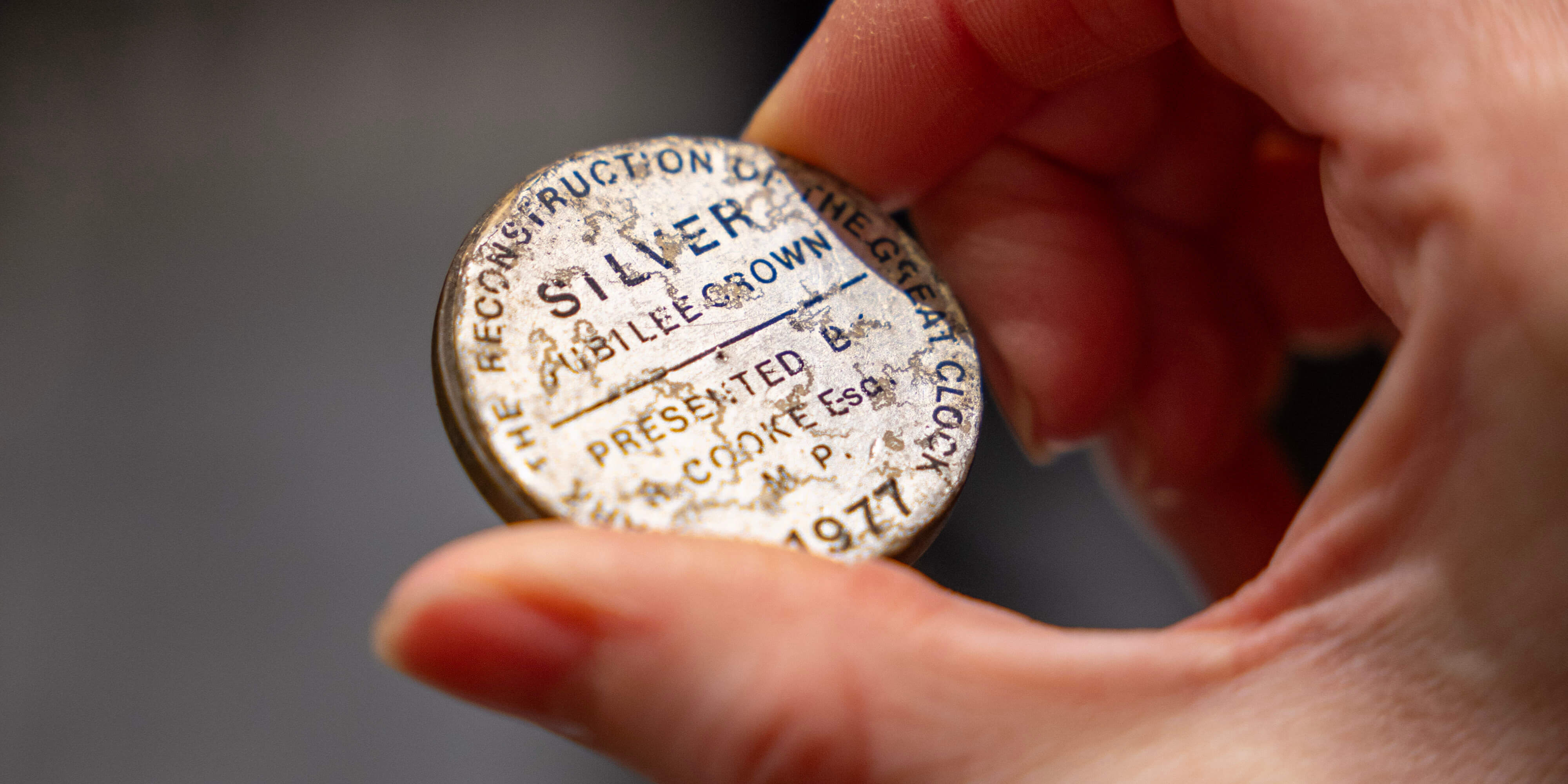
Queen Elizabeth II’s Silver Jubilee of 1977 would see the largest number of coins ever struck by the Royal Mint to commemorate a single event. The Silver Jubilee crowns were eagerly snapped up by the public in their millions.
One, complete with a special sticker of recognition, was presented to the clock to acknowledge the hard work undertaken to repair it in time for the jubilee celebrations after a catastrophic failure the previous year.
Find out more about coins struck for jubilees
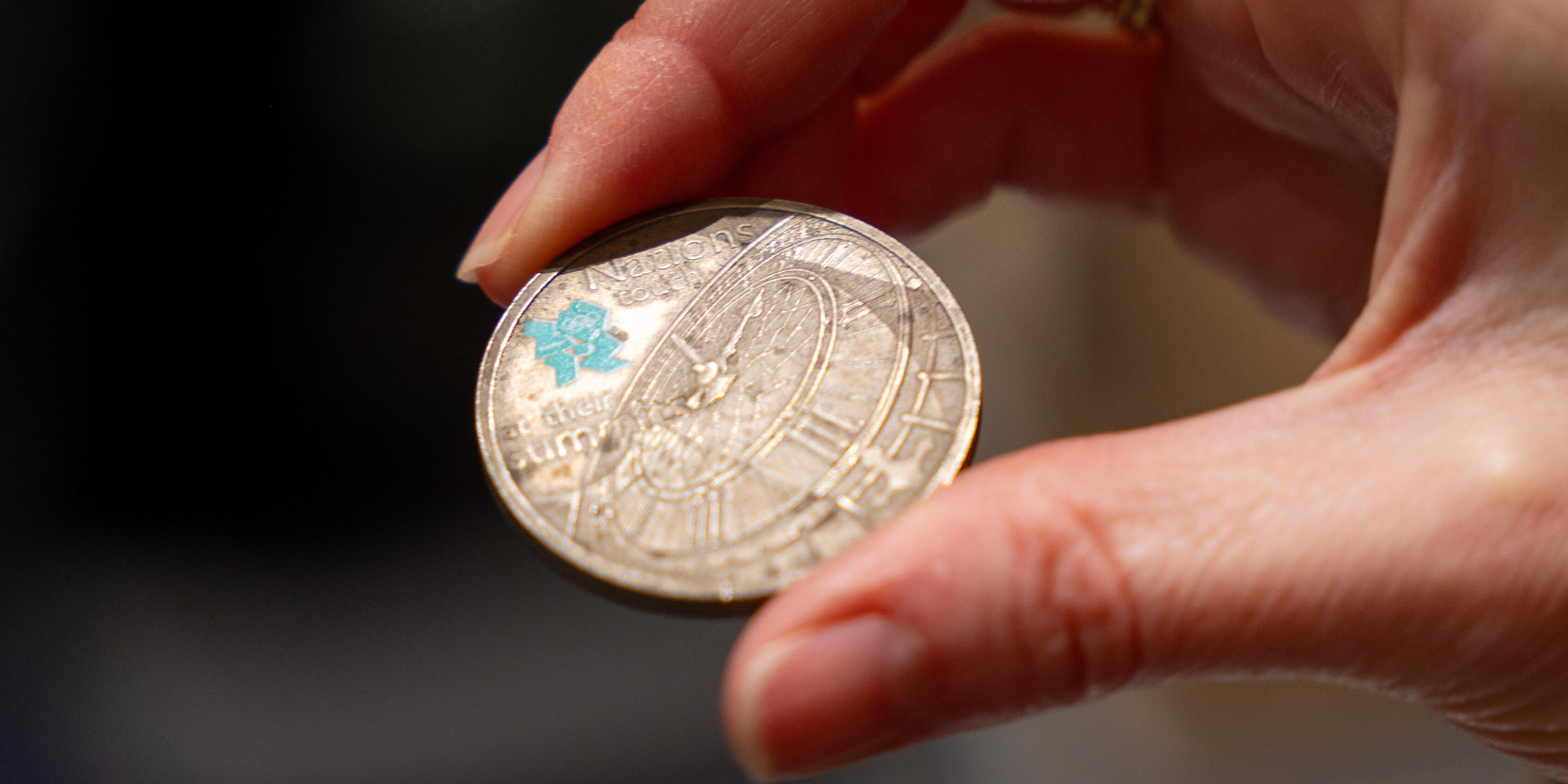
This coin marks the 150th anniversary of Big Ben and was produced as part of a series to celebrate all things British in the run up to the London Olympic and Paralympic Games in 2012. The Royal Mint gifted a coin to Big Ben, and it now has pride of place amongst the other coins on the pendulum of the great clock.
Find out more about the Olympic range of coins.
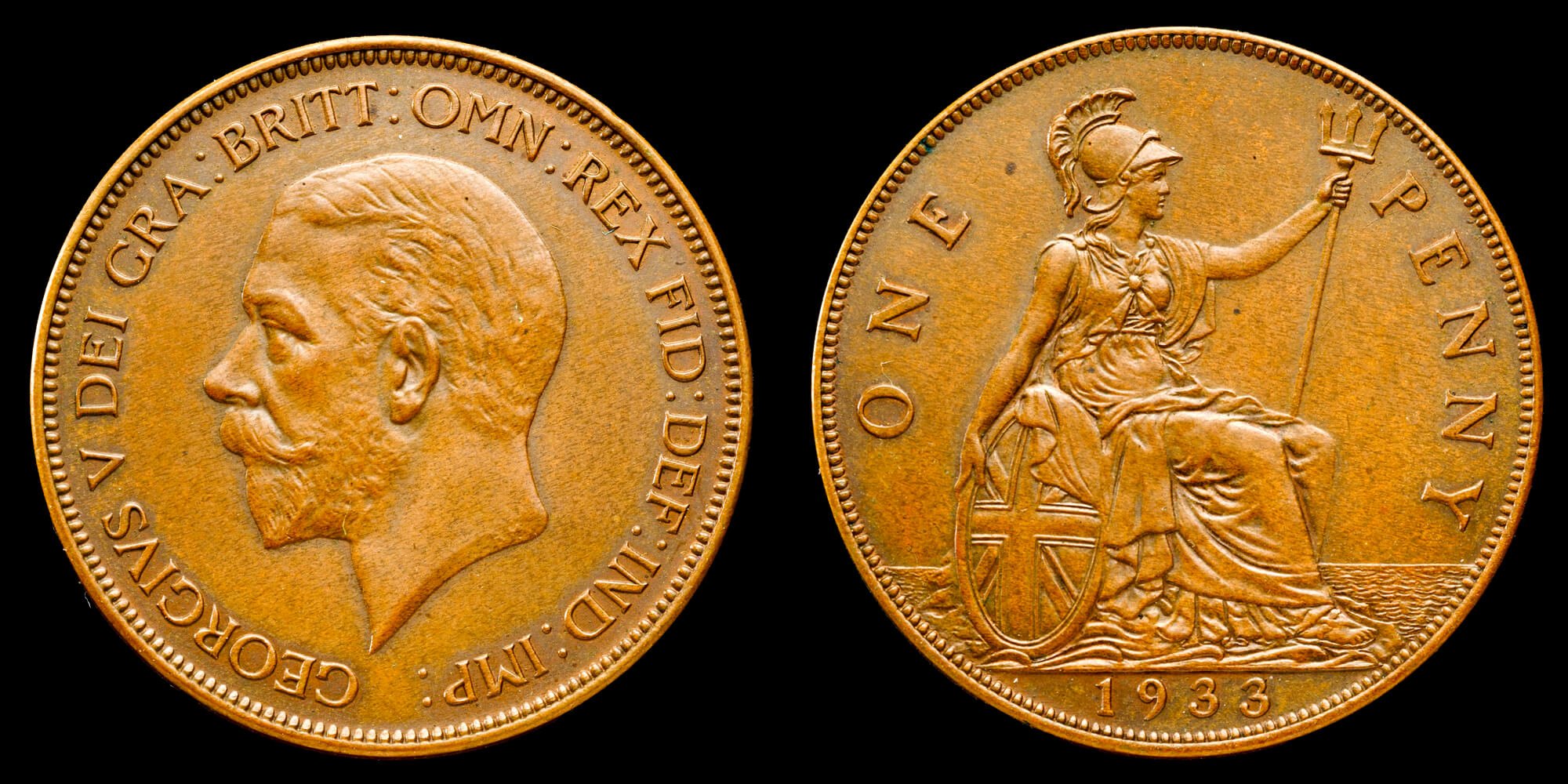
Officially, only six 1933 pennies were ever struck which makes this coin a real rarity. Our records offer a tantalising prospect that, in addition to the six we know about, perhaps a couple more might have been made. It became a famous, modern rarity and people would eagerly search their change prior to decimalisation in the hope of finding the elusive penny. You will be hard pressed to ever find one though, as three were placed under the foundation stones of buildings and three went to national collections.
Find out more about this great rarity.
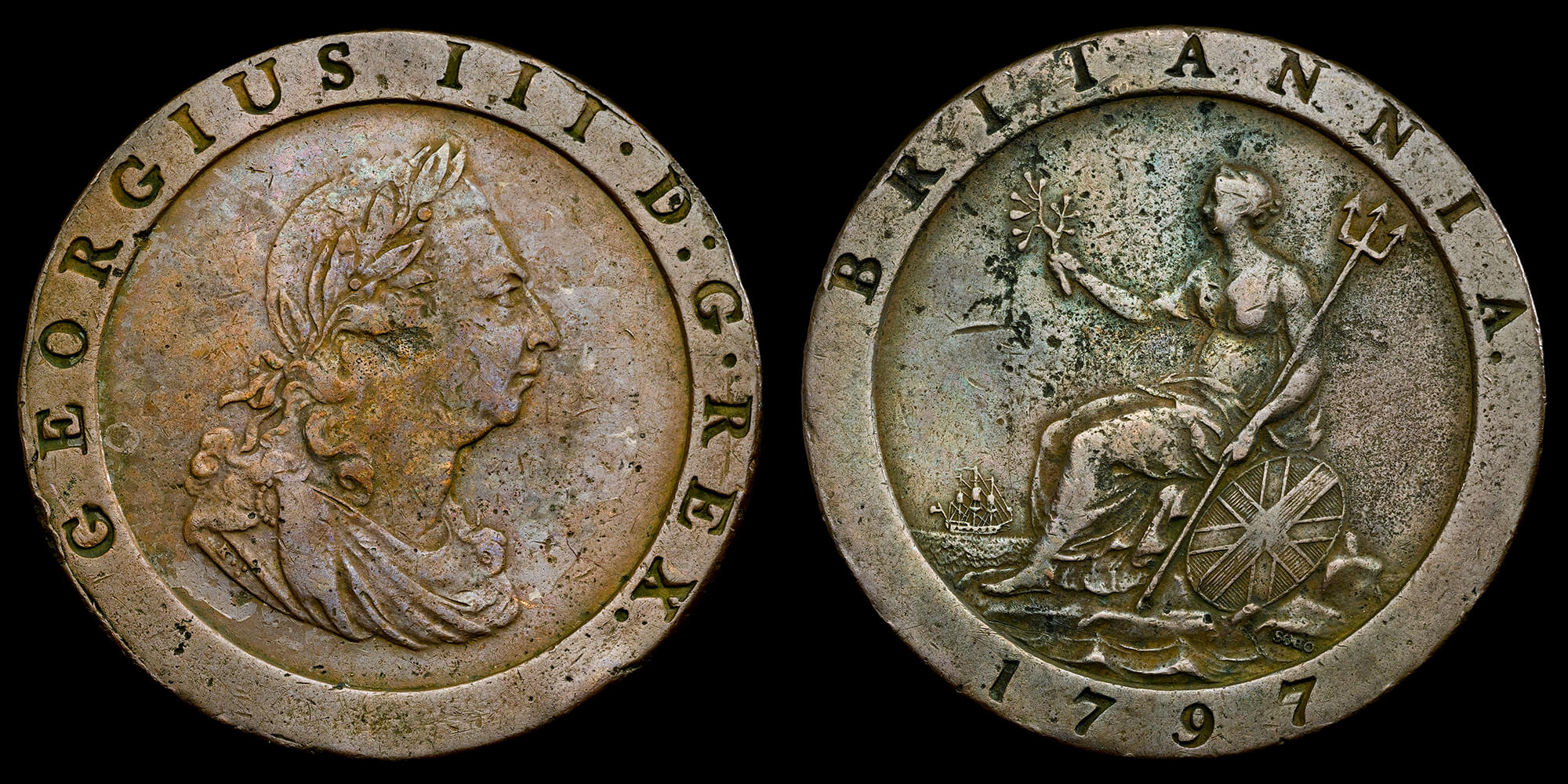
At one ounce of metal, these copper coins were the first official pennies and went on to acquire the nickname of ‘cartwheel pennies’ owing to their large size. Struck in their millions over several decades, they all had a fixed date of 1797 and many of them could still be found in use well into the reign of Queen Victoria as nothing but blank, worn disks after many years of circulation.
Our guest in this episode was Dr Andrew Strangeway (Houses of Parliament). Click here to find out more about him.
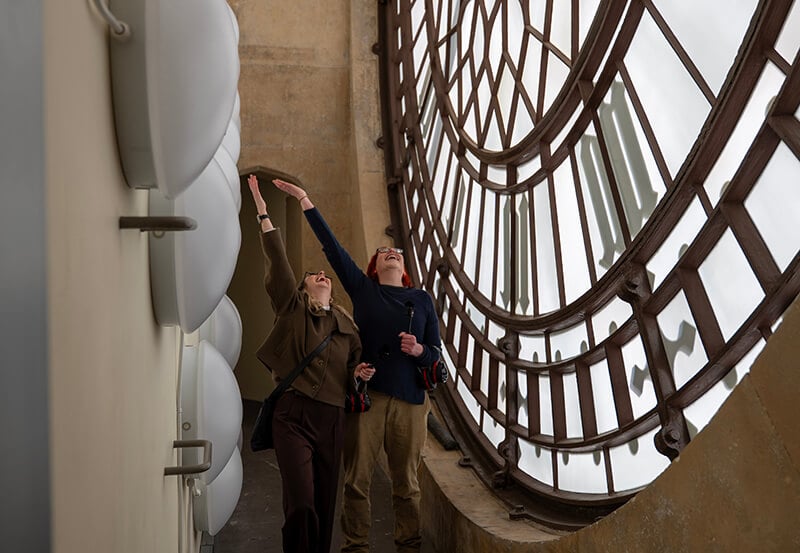
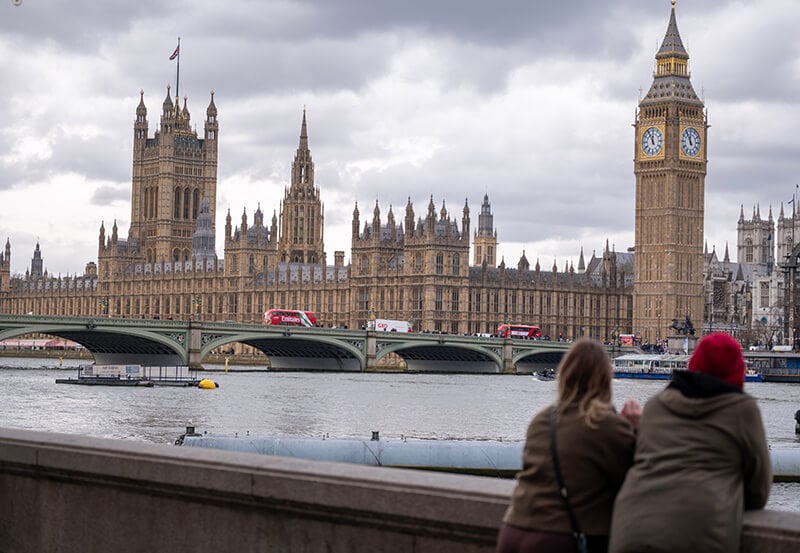
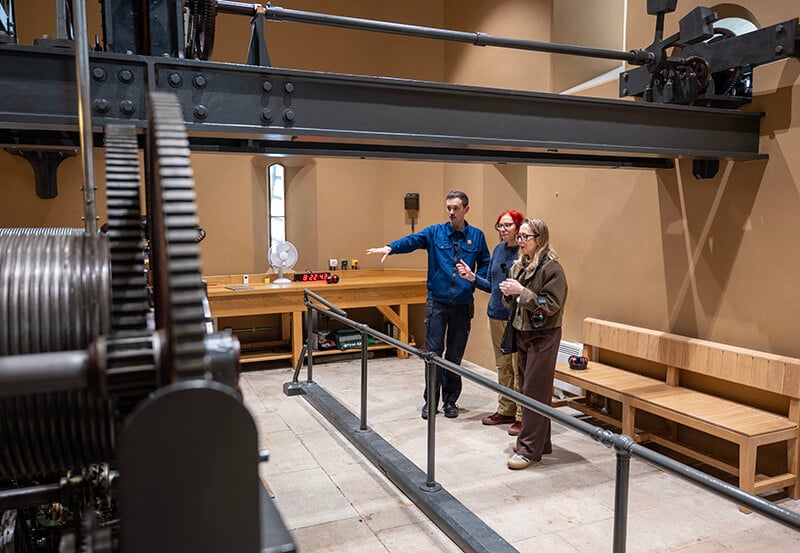
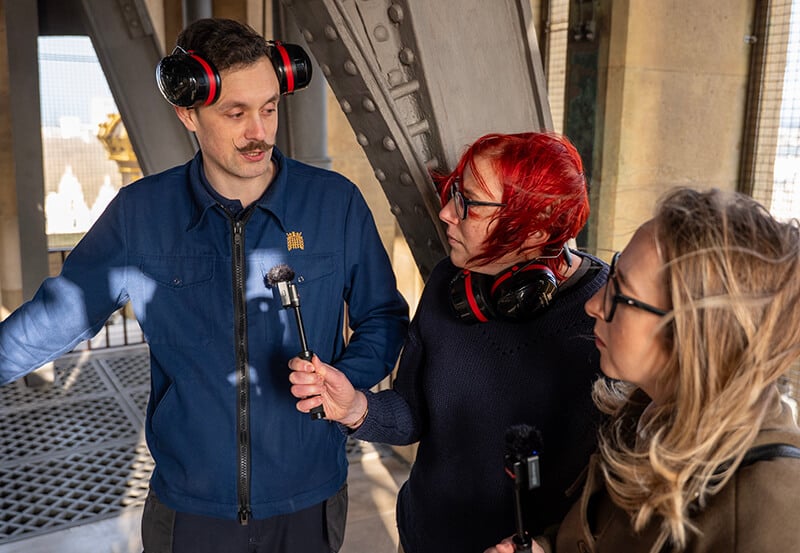
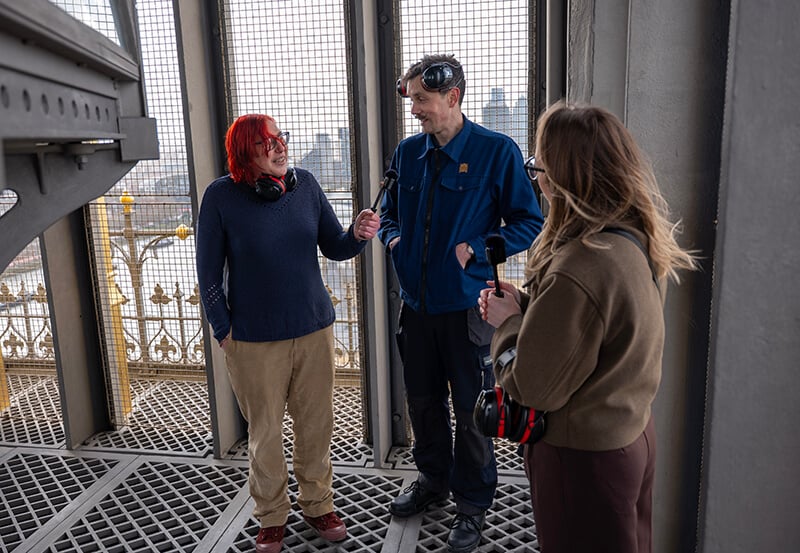
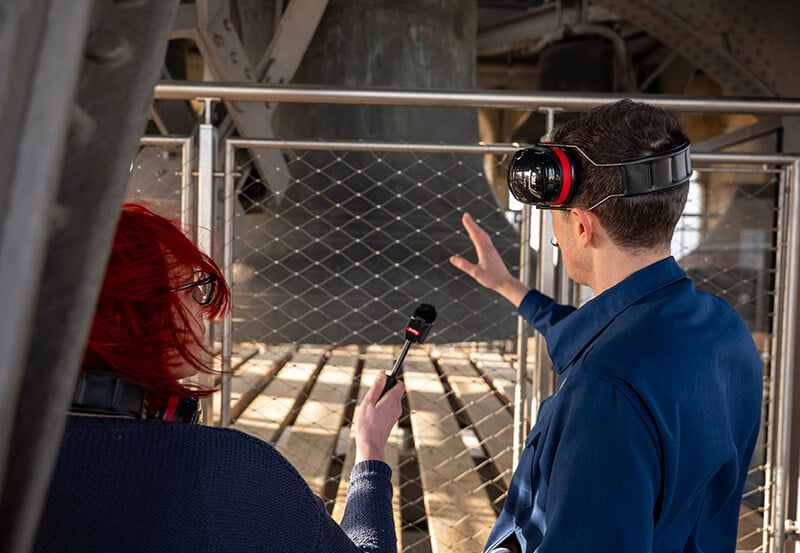
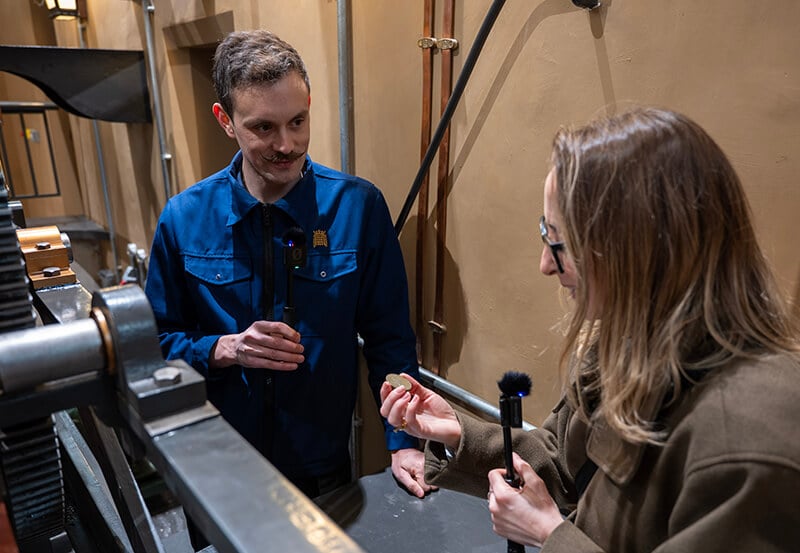
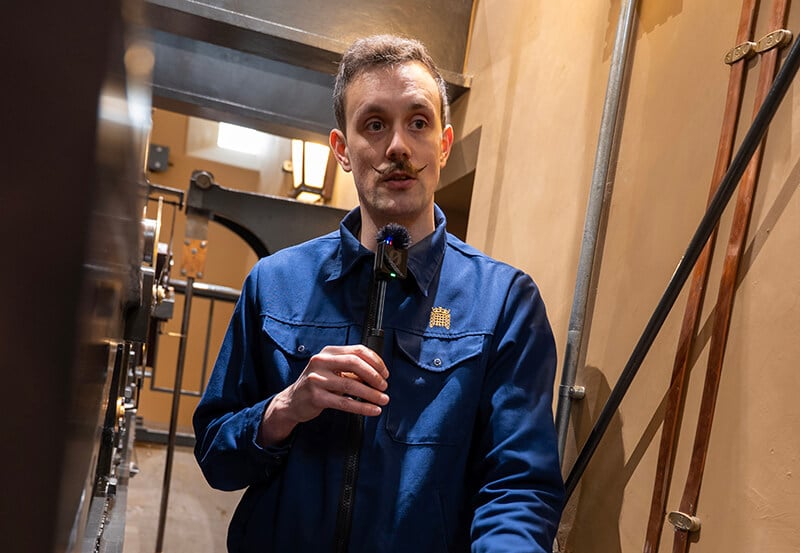
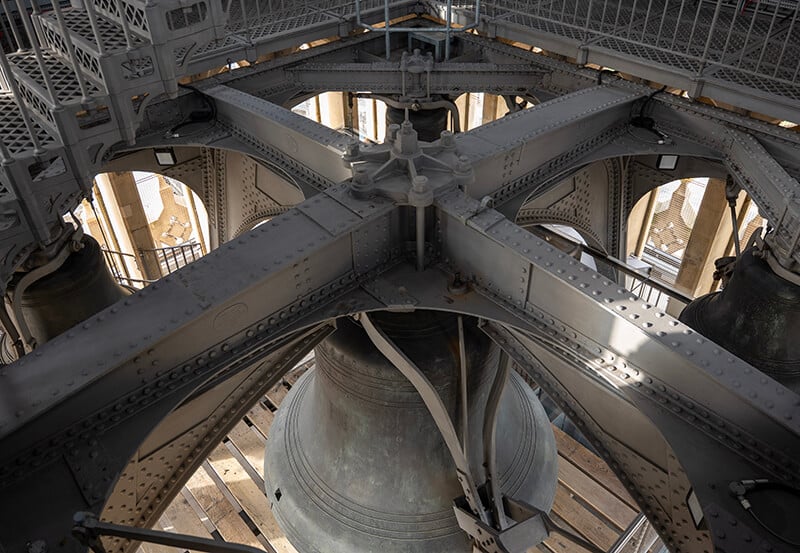
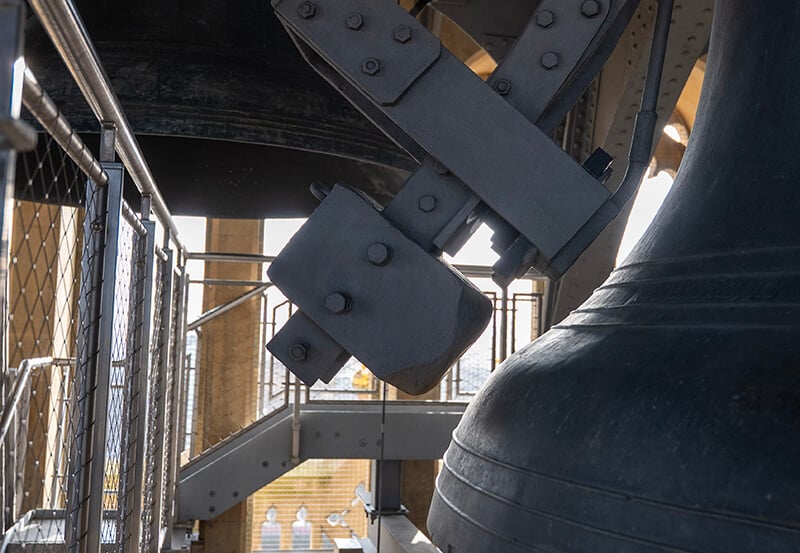
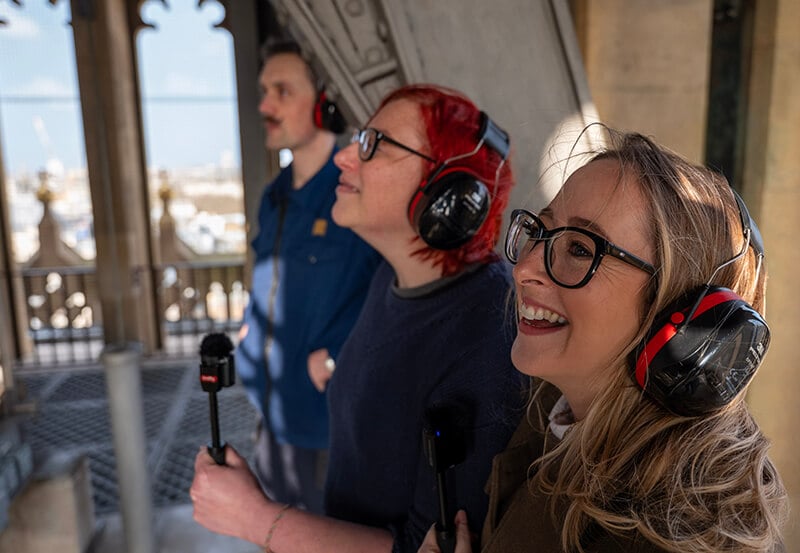
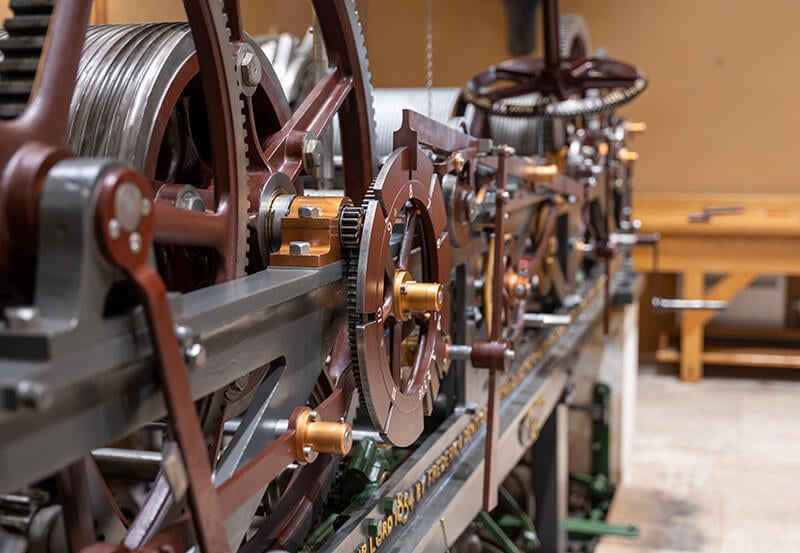
Episode 1
Whether in warships or life saving, Britain’s naval heritage has had a lasting impact on its currency for centuries. In this episode, explore the story of British naval history through coins of the past.
Episode 2
From pub signs to punk art, the robed and armed female figure of Britannia permeates British identity. Find out how this Classical figure developed through coinage and medallic art to become a figure of the nation.
Episode 3
The golden age of sail gave way to a world of global trade, where gold and silver could be sailed internationally for vast profit. Explore how the money made from and used for this trade shaped British history.
